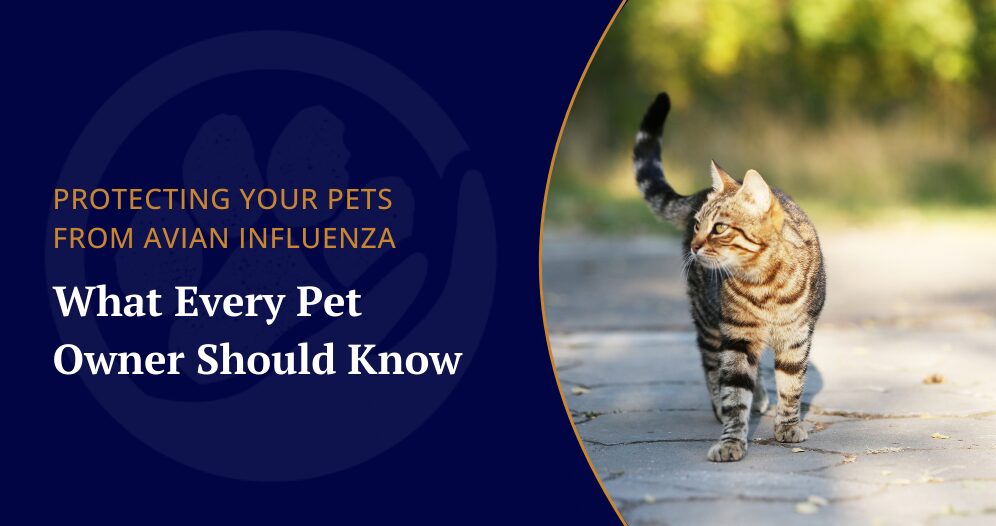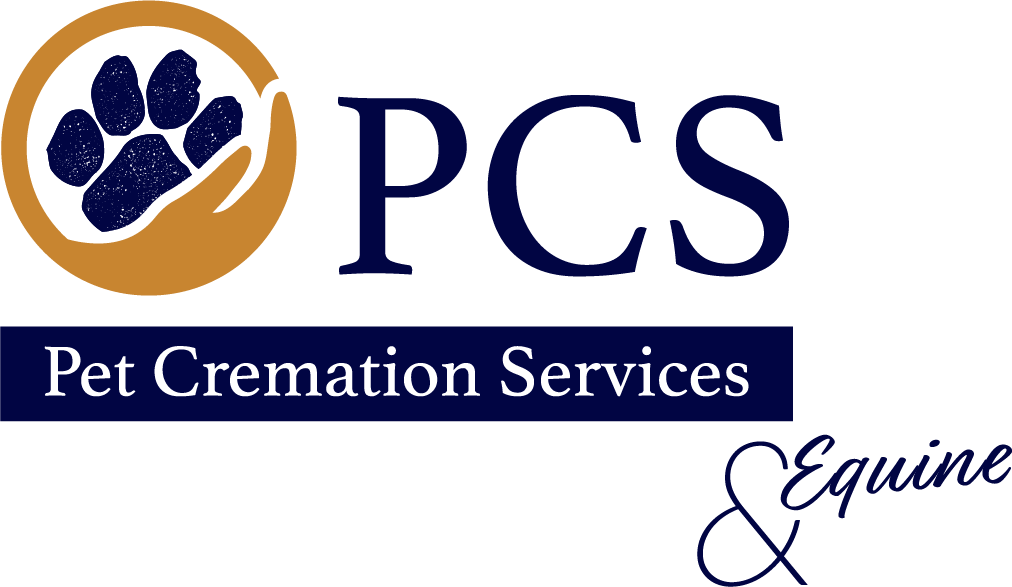
At Pet Cremation Services, we’re more than just a trusted provider of aftercare, we’re pet parents, too. We understand the deep bond you share with your animals, and we’re committed to supporting your journey not only after loss, but throughout your pet’s life.
With growing reports of Avian Influenza (H5N1) affecting both wildlife and domestic animals, we want to help you stay informed and proactive. Below, you’ll find answers to some of the most common questions about how bird flu spreads, which pets are at risk, and what to do if your pet shows symptoms.
What Is Avian Influenza (H5N1)?
Avian influenza, also known as H5N1 or “bird flu,” is a contagious virus that primarily affects birds but can also infect other animals, including pets. While the virus is not widespread in pets, it has been detected in cats, dogs, and even livestock.
How Does H5N1 Spread Between Animals?
Avian influenza mainly spreads from wild birds to cats, poultry, and cattle. While dogs and horses can become infected, their risk is much lower. And in the rare cases where they do contract the virus, it’s uncommon for them to become seriously ill or die from it.
Cats, on the other hand, are much more susceptible to severe illness if they become infected – and in many cases, it can be fatal. The good news is that staying informed about how the virus spreads can go a long way in helping pet owners keep their animals safe.
Pets can be exposed to H5N1 through:
- Contact with infected or deceased birds
- Eating raw poultry or uncooked meat containing bird products
- Consuming unpasteurized dairy products or raw colostrum
- Exposure to contaminated farm environments
- Close contact with people working on affected farms
How Can I Protect My Pet from Avian Influenza?
There is currently no vaccine for avian influenza in pets, but the good news is that prevention is possible with a few simple steps:
- Keep cats indoors to prevent contact with wild birds or other animals that may carry the virus
- Avoid feeding raw diets, especially those that include raw poultry or unpasteurized dairy
- Practice good hygiene if you work with or come into contact with birds or livestock—shower and change clothes before interacting with your pets
These precautions may seem small, but they can significantly lower your pet’s risk of infection.
What Are the Symptoms of H5N1 in Pets?
Avian influenza can look a lot like other common illnesses at first. However, this disease progresses quickly – so be sure to look out for more serious signs like:
- Neurologic symptoms, like tremors, incoordination, seizures, or sudden blindness
- Red or inflamed eyes
- Heavy nasal or eye discharge
- Labored or difficult breathing
What Should I Do If I Suspect My Pet Has H5N1?
If you believe your pet has been exposed to H5N1 or is showing symptoms of the disease, don’t wait to take action! Immediately separate your pet from other animals in the house and call your vet to schedule a time to bring them in. They will need to know ahead of time to prepare for when your pet arrives.
At Pet Cremation Services, we understand that pets are cherished members of the family—and keeping them safe is always a top priority. While H5N1 is a serious and growing concern, the good news is that with a little knowledge and a few simple precautions, you can greatly reduce your pet’s risk of exposure.
Want more pet safety tips and updates? Sign up for our newsletter or follow us on social media for helpful resources, seasonal advice, and the latest news in pet wellness.

